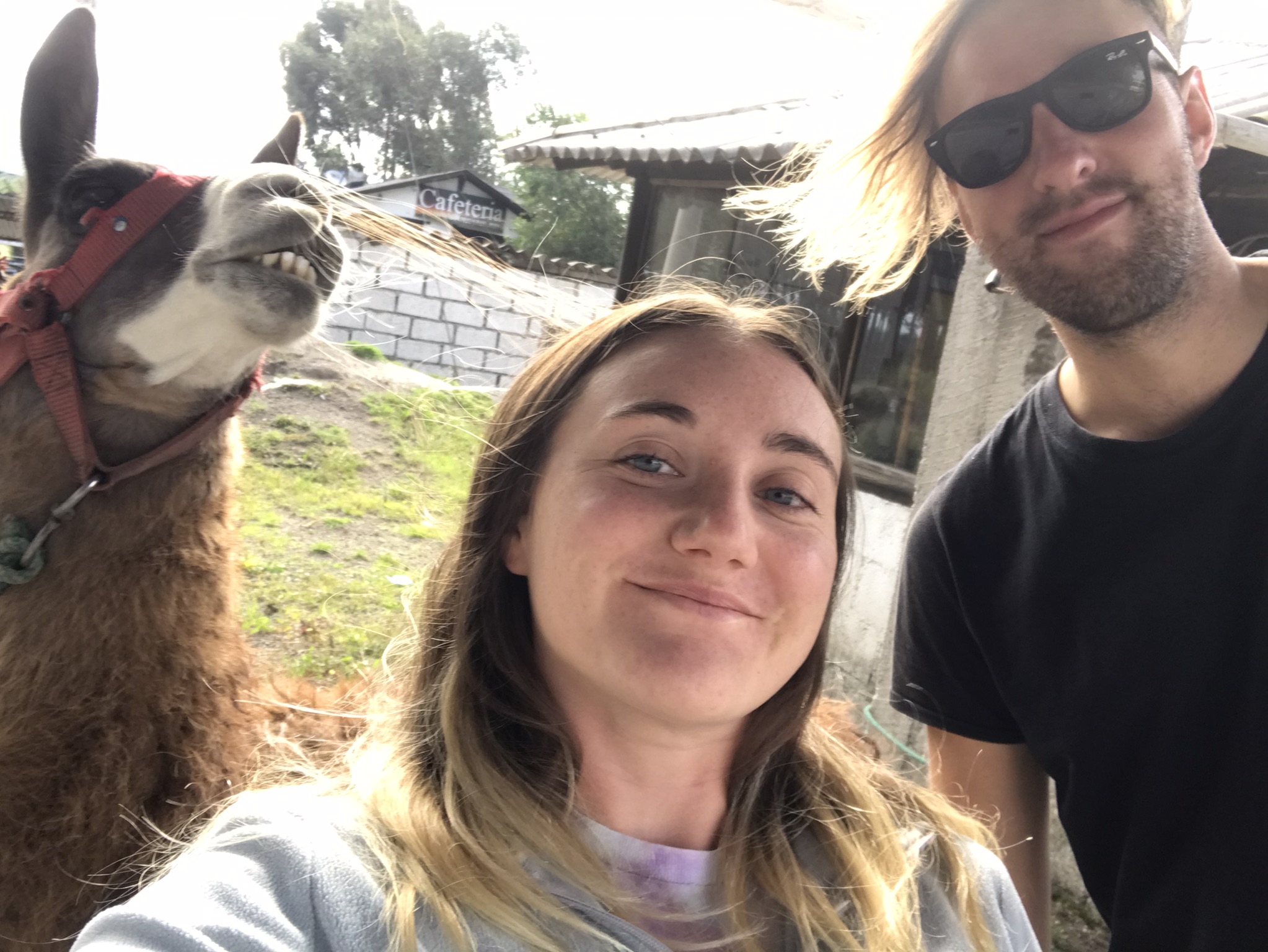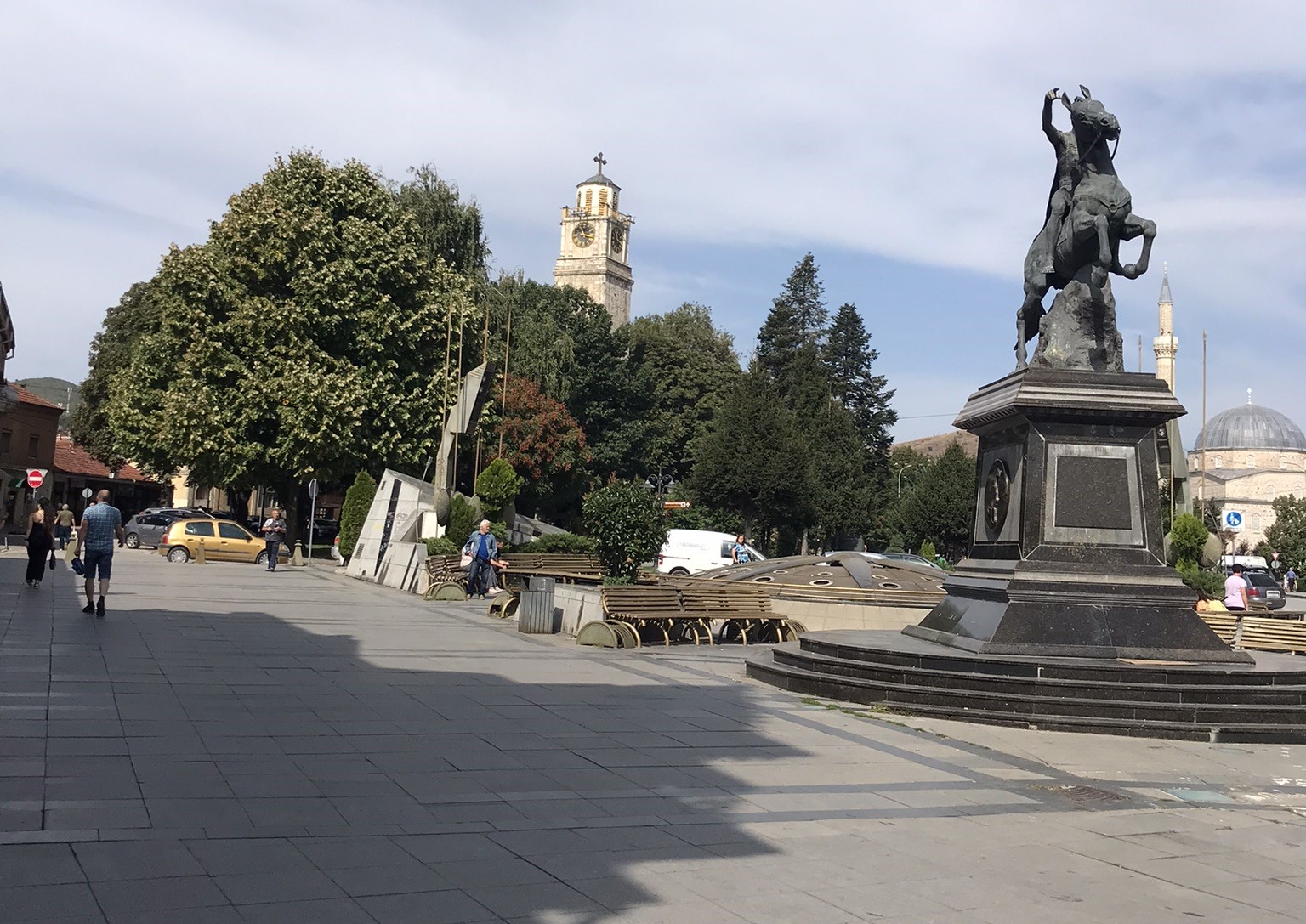Despite being North Macedonia’s second largest city, Bitola surprisingly flies under the radar compared to the more popular destinations of Skopje and Ohrid. I’m not sure why this is as Bitola has a lot to offer. As well as being the gateway to Pelister National Park, Bitola has a rich history, a vibrant city centre and an impressive archaeological site right on its doorstep. Check out my quick walking tour of the main sights of the city!
Start at the Old Bazaar, across the river from the main city centre.
Stop 1: Old Bazaar
Unlike the lively bazaar in Skopje, Bitola’s once great bazaar is now a shadow of its former self. With quiet streets and empty shops, it’s difficult to believe this was once a thriving market area and commercial hub of the city. Not much of the bazaar remains but it is possible to take a stroll around the winding streets and imagine how things were in bygone years. There are also some mosques and hammams in this area. It is considered Bitola’s Ottoman quarter, although a lot of the old infrastructure from that period has now gone.
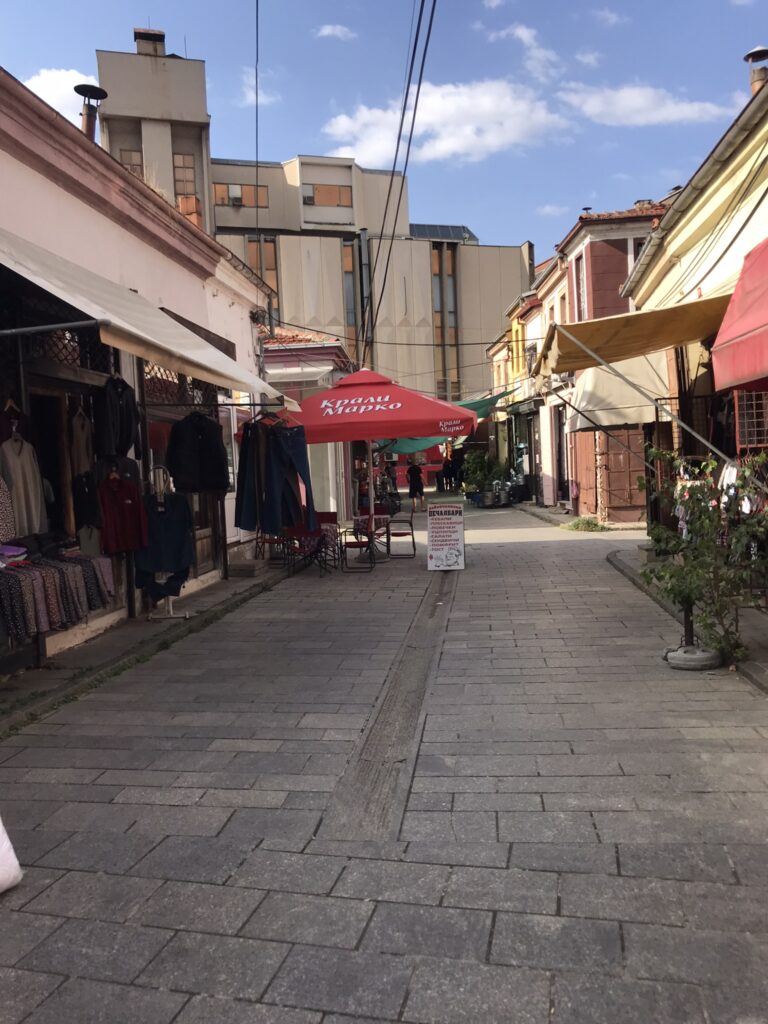
A few shops still remain in the Old Bazaar
After exploring, leave the bazaar area and cross the river. Walk east along the riverbank for around 50 metres and you will find Central Park. This is a leafy park which spreads across both sides of the southbound road.
Stop 2: Central Park and Magnolia Square
The Central Park area contains two famous monuments of Bitola; on one side of the street is the clock tower and on the other is the Yeni Mosque. There is some mystery surrounding the clock tower with different sources tracing its history and origins back hundreds of years, but most think that the current tower was built during the early 1800s. The mosque dates back several hundred years to the Ottoman period and is one of the largest and grandest buildings in the centre of Bitola. It is said that the mosque was built on the foundations of an old church.
As well as the clock tower and mosque, Central Park contains several interesting statues and is a pleasant place to relax. Pass through Central Park and you will reach Magnolia Square.
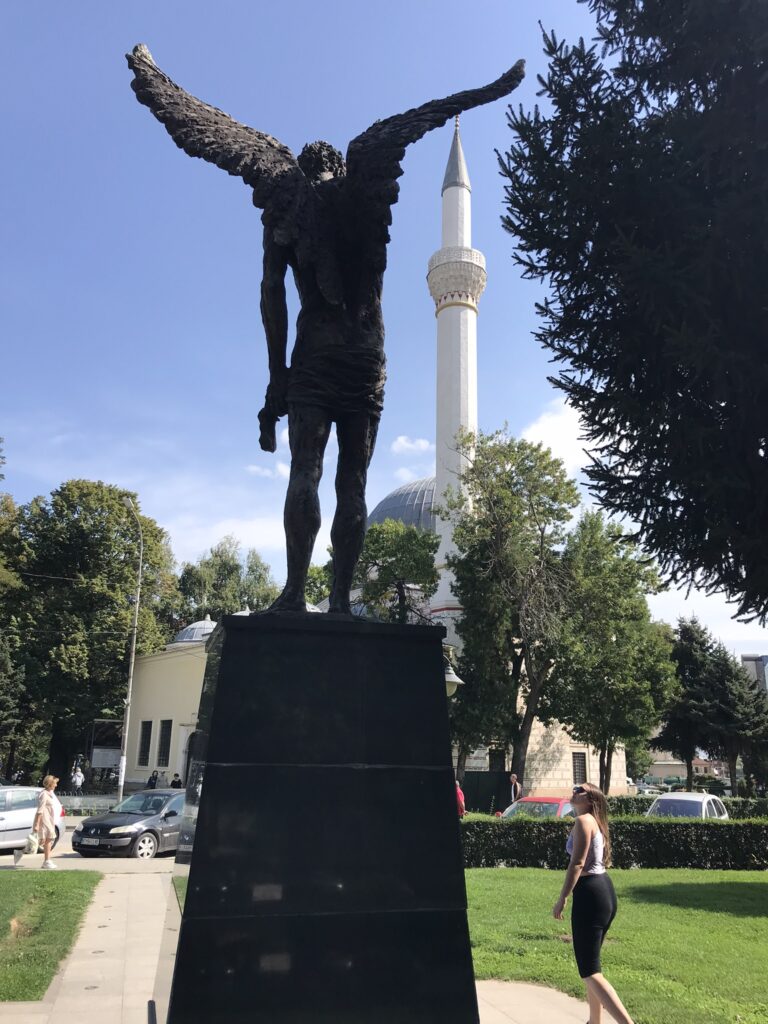
An interesting statue in Central Park
Magnolia Square
Magnolia Square is an important square in Bitola, as it marks the start of the city’s main high street, Širok Sokak. The square contains a statue of Phillip II of Macedon, father of Alexander the Great and the founder of Heraclea Lyncestis, which was the precursor to the modern city of Bitola. You will find several bars and restaurants in the square, and a lively atmosphere at evenings and weekends.
Stop 3: Širok Sokak
Širok Sokak is the busiest street in Bitola. The street is mostly pedestrianised and is lined with cafes, bars and shops situated mostly in pretty European-style buildings. Most of the cafes have outdoor seating. Strangely, we found few places on Širok Sokak that were serving food. However if you want a coffee or a drink, this is undoubtedly the place to be. The street has a lively atmosphere and most of the cafes are bursting full of locals at seemingly all hours.
Bitola and specifically Širok Sokak used to play host to many European consulates, giving the city the nickname of ‘City of Consuls’. This is the reason for the street’s surprisingly European feel.

Širok Sokak runs southeast and you can follow it all the way to the end of the City Park, although the busy pedestrianised area is only the few hundred metres closest to Magnolia Square.
Stop 4: House of the Army and Bitola Museum
Near to the north side of the City Park you will find the House of the Army. Shockingly, this grand house originally belonged to the army. It was built by the Ottomans in the early 1900s for use by officers and generals. Several famous dignitaries have spent time here, including the former leader of Yugoslavia, Josip Broz Tito. The house was renovated in recent years and is now used for functions and formal events. I believe it might be possible to take a tour inside the house when it is not in use. It was playing host to a film festival during our visit so we couldn’t go inside.
NI Institute and Museum Bitola
Close to the House of the Army you will find the Museum of Bitola. This museum contains local artefacts spanning the city’s history, from Heraclea Lyncestis to the modern era. Surprisingly, a large part of this museum is dedicated to Mustafa Kemal Atatürk, the founder of the modern nation of Turkey. This is because the building that now houses the museum used to be a military college, where Atatürk received his military training in the late 1800s.
City Park
South of the museum, Bitola’s City Park stretches out southeast in the same direction as Širok Sokak towards Heraclea Lyncestis. The park is mostly quiet and peaceful. We encountered groups of old men having what appeared to be intellectual debates here! You can also find the Petar Miloshevski Stadium towards the south side of the park.
Walk through the park on the way to Heracela Lyncestis. From the south side of the park it is about 15 minutes walk in the same direction through a residential area to get to Heraclea.

On the way to Heraclea
Stop 5: Heraclea Lyncestis
The Heraclea Lyncestis archaeological site is a treasure of Bitola. The ancient city, founded by Phillip II of Macedon, was later conquered by the Romans. As well as the remains of the theatre and other ruined buildings, Heraclea Lyncestis is best known for its well-preserved and intricate mosaics. There is also a small museum on-site which is included in the price of the admission. Heraclea Lyncestis is a must-see for any history buffs or art lovers visiting Bitola.
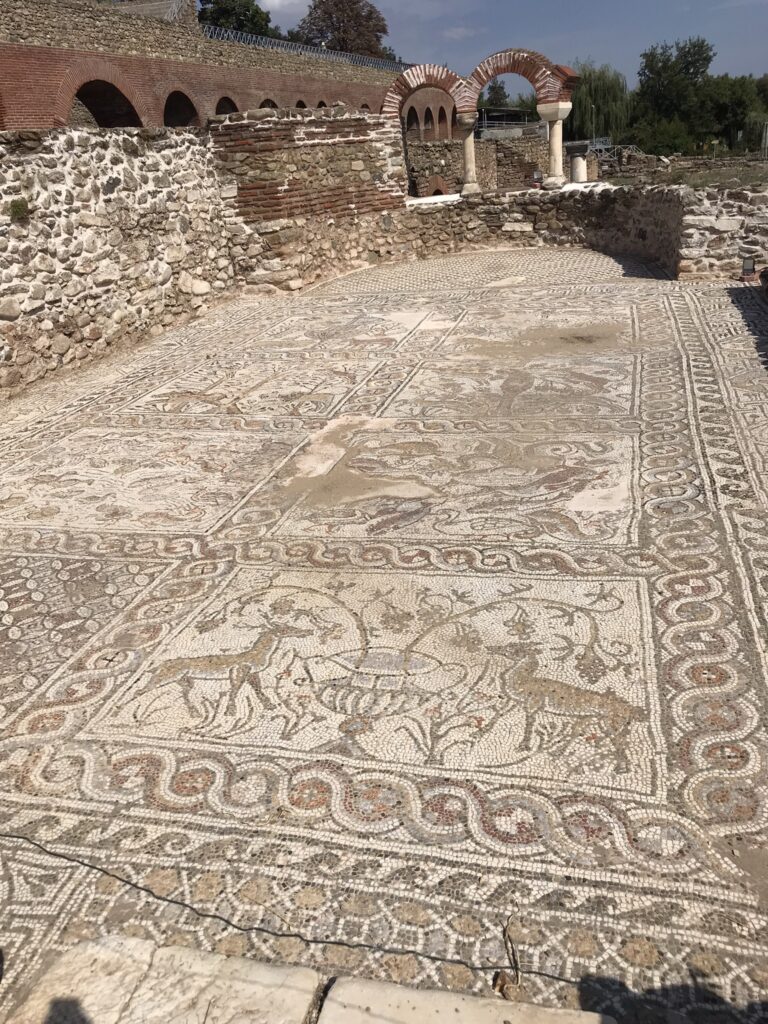
The magnificent mosaics at Heraclea Lyncestis
For more North Macedonia content, click here!
This guide is now available on GPSmyCity!
